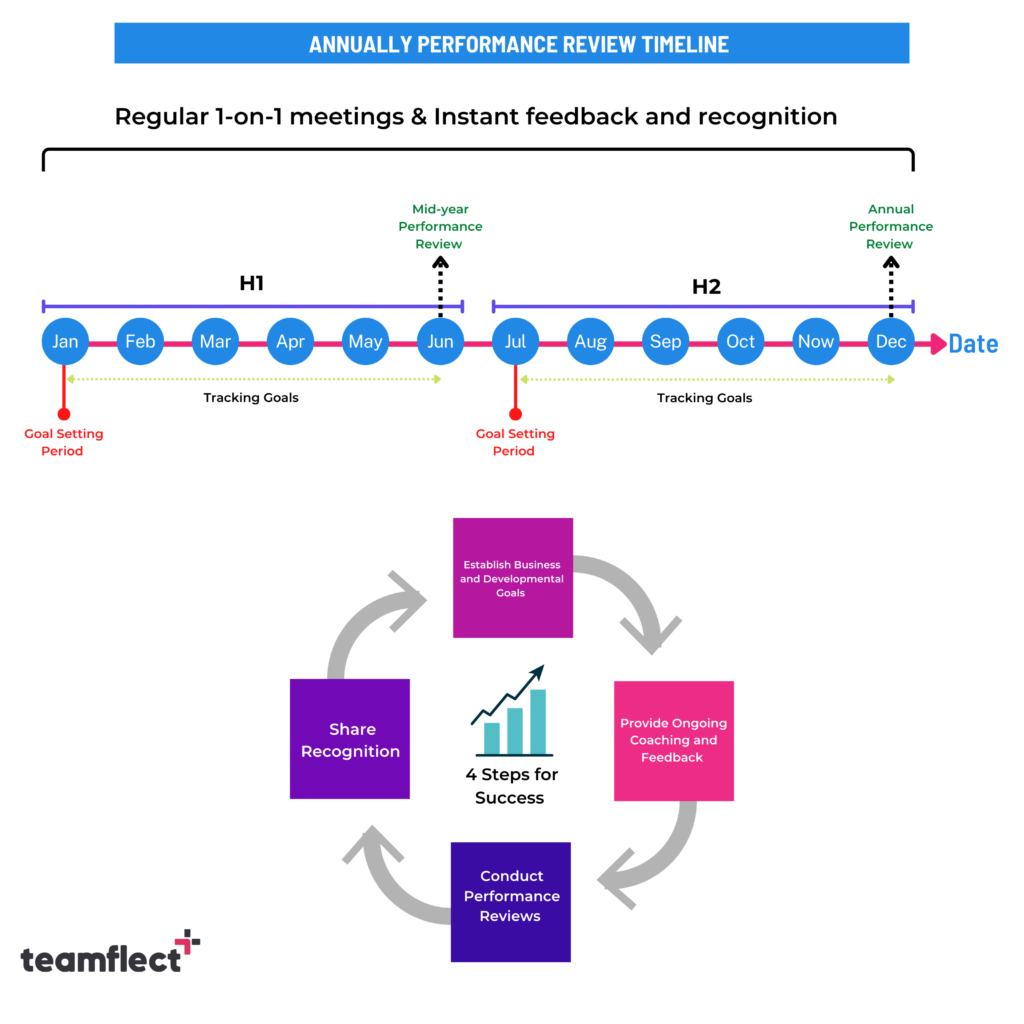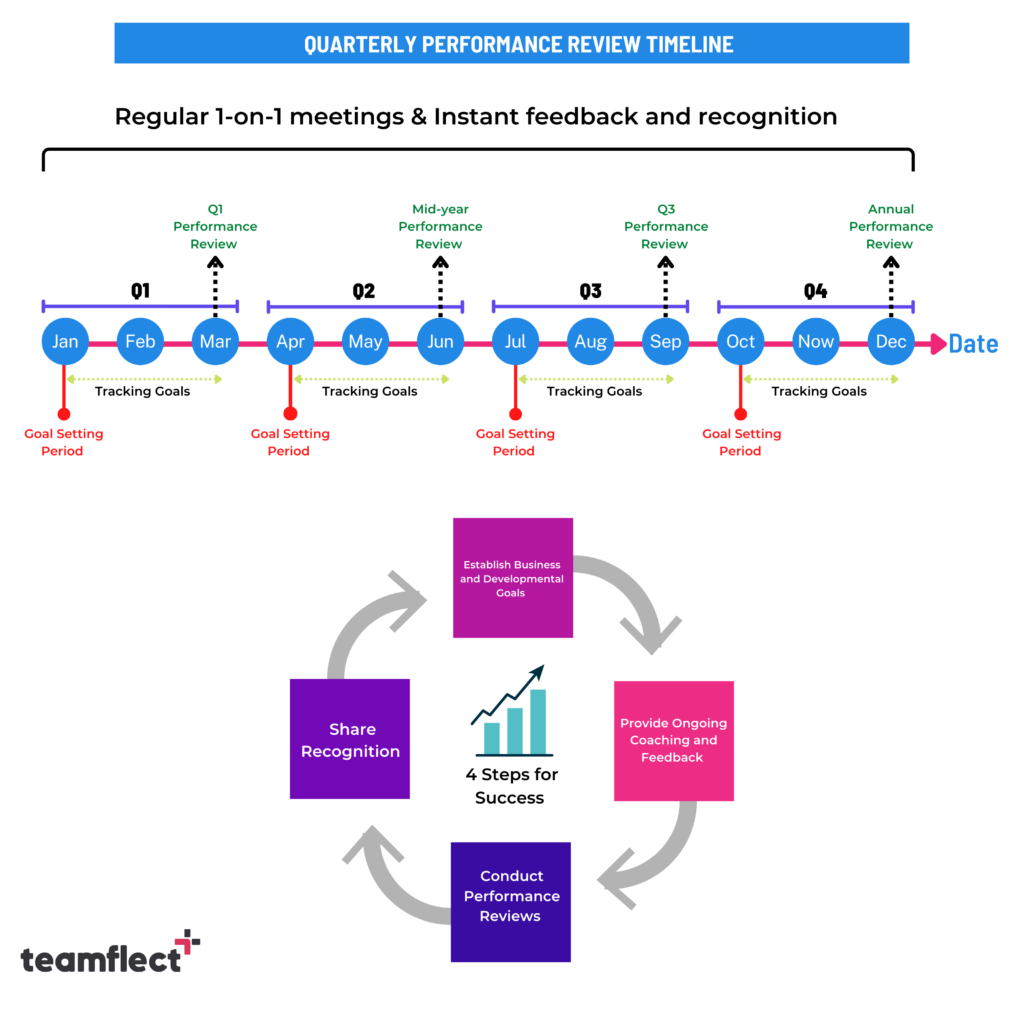If you’ve ever been on subreddits like r/remotework or answered a few questions on Quora then you’ll know that people’s opinions on employee performance reviews differ heavily.
While a large group of people believes them to be an integral part of performance management no matter which field you are in, an equally large sum of people think performance reviews are a waste of time and a thing of the past.
There are indeed some heated back and forths online about this topic and we highly recommend you get your bowl of popcorn and enjoy the surprisingly civilized discourse.
As is the case with many arguments online there are merits to both sides of the discussion and the correct answer, as you may have guessed by now, lies somewhere in the middle.
It is an undeniable fact that there are many organizations around that are giving employee performance reviews a bad name by either conducting them too often, or not often enough, elongating the process by using outdated methods, or simply letting performance review biases have an adverse effect on the entire process.
When done right, performance reviews are an incredible way to gain insight into both your company and your employees’ experiences within it.
“Doing them right”, however, is easier said than done. Luckily, you are not alone in this. There are some incredible tools that can help streamline the entire process such as performance review templates or helpful performance review software.
So without further ado, let’s dive right in and answer one of the key questions in the employee performance review discussion: How often should performance reviews be conducted? Maybe we’ll hit a few more stops along the way.
P.S.: If you are in the market for performance review software, we compiled the best ones for you in this nifty little list: Top 10 Performance Review Software.

Table of Contents
Different schools of thought
Harkening back to the conversation between Jim & Dwight from The Office on which bear is best (Black bears all the way.), there are two schools of thought: As often as possible, supporting quarterly performance reviews or no less than twice a year, and once a year.
While we usually don’t enjoy picking sides, we have to go with the as often as possible crowd on this one. Employee performance review cycles are integral to establishing a feedback culture in your organization.
In that regard, we simply believe that once-a-year performance reviews just won’t do.
The case against conducting employee performance reviews once a year.
When you are conducting performance reviews once a year, you are leaving an incredible period of time for the employee to be accountable and the reviewer to take account of.
This massive period of time increases the margins for error on both ends and turns the one performance review you are conducting into an incredibly long and grueling process for both parties.
Close your eyes and go back to high school for a minute. Think back to all the times you left your entire project to the day before it was due, instead of spreading it into small digestible bits throughout the week.
Do you remember the cold sweats, the panic, and the mixture of “I hate my life” mixed with regret? Do you really want to put your employees through that?
Our usual analogies aside, spreading employee performance reviews too far out from each other leaves a lot of room for recency bias, one of the most common performance review biases out there.
Recent successes or failures will more than likely take the lion’s share of the spotlight as opposed to their counterparts 9 to 10 months back.
What we recommend:
We believe that, depending on the way you operate, quarterly or annual (twice a year) performance reviews are the best way to go. There should also be a well-established, scalable, and fully integrated system for continuous feedback to supplement your performance reviews.
Conducting employee performance reviews can by no means take the place of continuous feedback. Both are required for an organization to thrive.
Annual performance reviews

If you are going with the annual employee performance reviews, then you should designate four key points, dividing the year into two halves. You need two goal-setting periods, one for each half, along with months you’ll be conducting your mid-year and annual performance reviews.
Continuous feedback along with efficient goal-tracking (without diving into the realms of micro-management) are musts in the time between. You can refer to the chart above for a simple overview of the process.
Quarterly employee performance reviews

Conducting quarterly performance reviews gives reviewers four points goal-setting periods and four performance reviews being: Q1 Performance Review, Mid-year Performance Review, Q3 Performance Review, and Annual Performance Review. Another crucial element to include in both options are self appraisals.
How to streamline your performance review process:
Streamlining your employee performance review process is as easy as following these three steps:
- Use integrated performance review software
- Make use of built-in performance review templates
- Automate your employee performance review meetings.
Completing automated performance review cycles within performance review software using employee performance review templates will drastically cut down on the time both reviewers and reviewees spend on performance reviews, streamlining the entire performance review process.



